As a parent who takes her kids into the wilderness, I always have an exit plan in case something goes wrong, and this includes knowing how to move a person to safety. Here, I’ll go over ways to make an improvised stretcher, but also why you usually don’t want to evacuate an injured person.
Also Read:
How to Make an Improvised Stretcher in the Wilderness
1. Blanket Stretcher
For this improvised stretcher, you need a blanket and two long, sturdy poles. A tarp would also work, as would a tent. A sleeping bag is not wide enough for this stretcher, though. When the victim lies on the stretcher, their weight will cause the material to stay in position.
- Lay the blanket on the ground. Put the first pole on the blanket. It should be 2-3 feet from the right side.
- Fold the right side of the blanket over the pole. Now put the second pole on top of the blanket edge.
- Fold the left side of the blanket over both poles.
*You can also make a hammock with this method!
2. Stretcher from Jackets
You will need two long, sturdy poles, two shorter poles, some rope, and at least two jackets. If you don’t have jackets, you can also use several long-sleeve shirts.
To make the stretcher, tuck the jacket sleeves inwards. Then run the poles through the jacket sleeves. If there are buttons or zippers on the jackets, they should be downwards so they don’t irritate the victim. Finally, attach two crossbars to the poles using diagonal lashings. This last step is optional but it makes the stretcher more stable, easier to carry, and gives the victim somewhere to put their legs.
3. Stretcher from Tarp or Tent Fly
You need a tarp or tent fly for this stretcher as well as some rope and cloth balls (such as rolled up socks or shirts). Use a clove hitch to tie the cloth balls into the corners and sides of the tarp. You then use the rope to carry the stretcher. Do not tie the rope directly to the tarp: it will tear.
This improvised stretcher only works if you have six people to carry the victim. Because the material sags, it also jolts the victim. Thus, it is not recommended for moving seriously-injured victims, such as people who might have internal injuries or bad breaks.
4. Blanket Roll Stretcher
This is a very simple improvised stretcher. You simply roll up the sides of a blanket (an unzipped sleeping bag would also work). Ideally, at least six people move the injured person by grasping onto the rolled edges. It is the worst of these improvised stretchers though because it’s easy to drop and doesn’t provide solid support for the victim.
Want this information in PRINTABLE format?
(and to support my website)
The illustrated guide covers everything you need to know to enjoy the outdoors with confidence.
Since you care about first aid, I’ll even give you a discount 🙂
Get the Cheat Sheets for 50% off here
It’s Usually Better Not to Move the Victim
Carrying an injured person through wilderness terrain is very difficult. If you try to move an injured person, you increase the likelihood that you will injure them further. This is especially true if you drop them. You also increase the risk of injuring yourself, such as if you trip while carrying the heavy load. Then you have two injured people to deal with, and one less person able to offer assistance.
For these reasons, it’s usually best not to move the victim. Instead, you call for help or send someone in the group to get help.
Take a look at the picture above of soldiers carrying a wounded soldier on an improvised stretcher. These are strong, fit men who have gone through physical training and even they are sweating and straining!
When to Move an Injured Person
Wilderness first aid is never clear-cut. There are a lot of factors to consider when deciding whether to move the injured person or wait for help. The main ones are:
- Immediate environmental risks: If there are risks, such as falling rocks or floods, you should move the victim to a safer location.
- Stability of the patient: If the patient is stable, then it’s usually best to not to move them and wait until help arrives.
- Urgency of situation and distance from help: If the situation isn’t urgent, then you can wait until professional help arrives. If the system is urgent, such as a venomous snake bite and help won’t be able to arrive quickly, it might be better to evacuate the victim.
- Number of people who can help and resources: If you are with a group of highly-trained, fit individuals, evacuation might be the smartest option.
Should You Leave the Victim Alone and Go Get Help?
As a general rule, you should never leave an injured person alone. If in a group, for example, one person would stay with the victim while another would go get help.
But what if there are only two people: the victim and one uninjured person?
In this scenario, the uninjured person should stay with the victim and signal for help. However, if the victim is stable and the uninjured person could get help and return fairly quickly (such as well before nightfall), then it makes more sense to leave the victim alone than wait for help to arrive.
Infographic
Image credits:
“130922N-VN372-110” (CC BY-NC 2.0) by U.S. Pacific Fleet
“150424-N-SD120-079” (CC BY-NC 2.0) by U.S. Pacific Fleet
“MOUNTAIN RESCUE” (CC BY 2.0) by bill85704
Resources:
https://www.ncbi.nlm.nih.gov/pmc/articles/PMC5962450/,
https://www.fs.usda.gov/detail/r4/learning/safety-ethics,
https://www.nps.gov/dena/planyourvisit/survival.htm,
https://survive-student-resource.austererisk.com/general/anzcor_2_managing_emergency.html,
https://www.adfg.alaska.gov/index.cfm?adfg=hunting.firstaid,


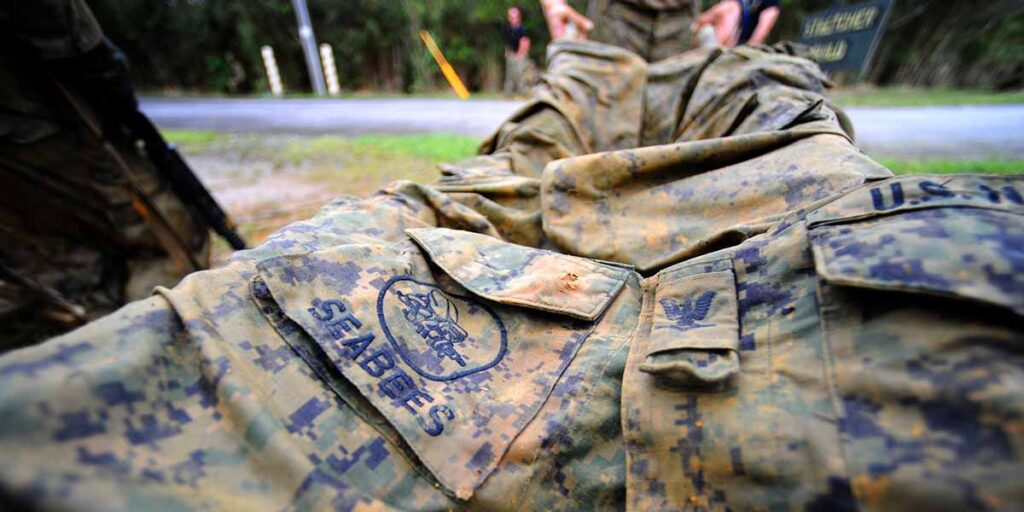

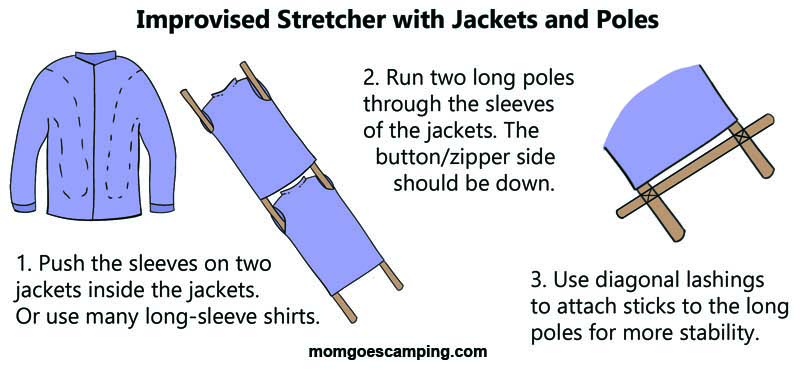
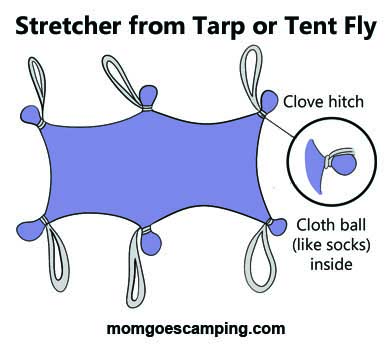

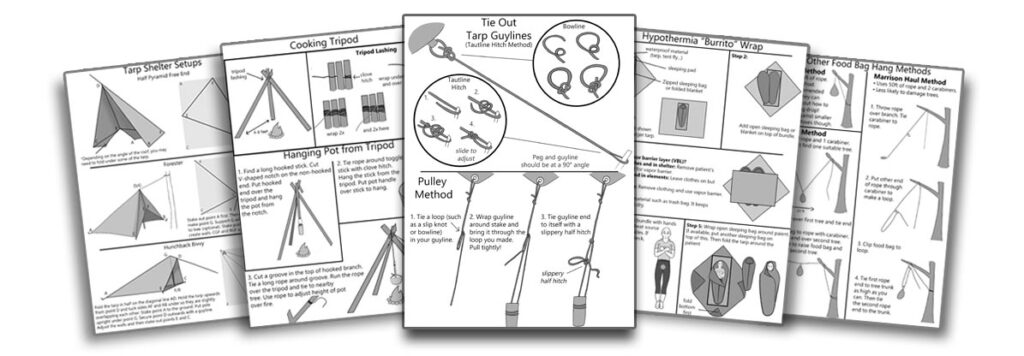
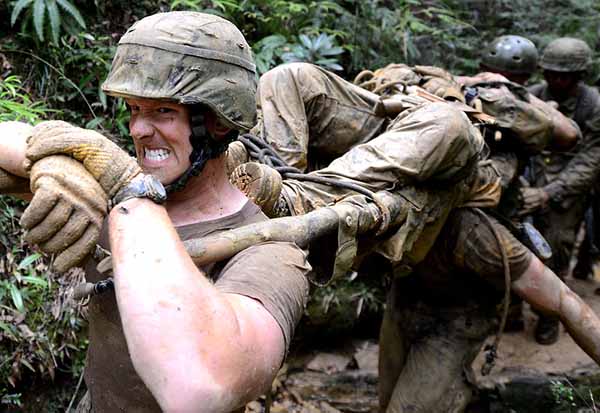
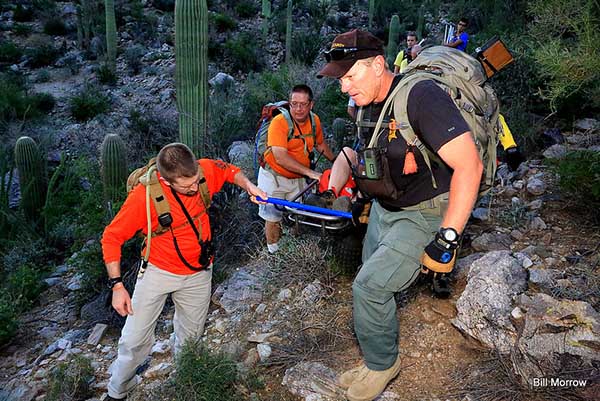
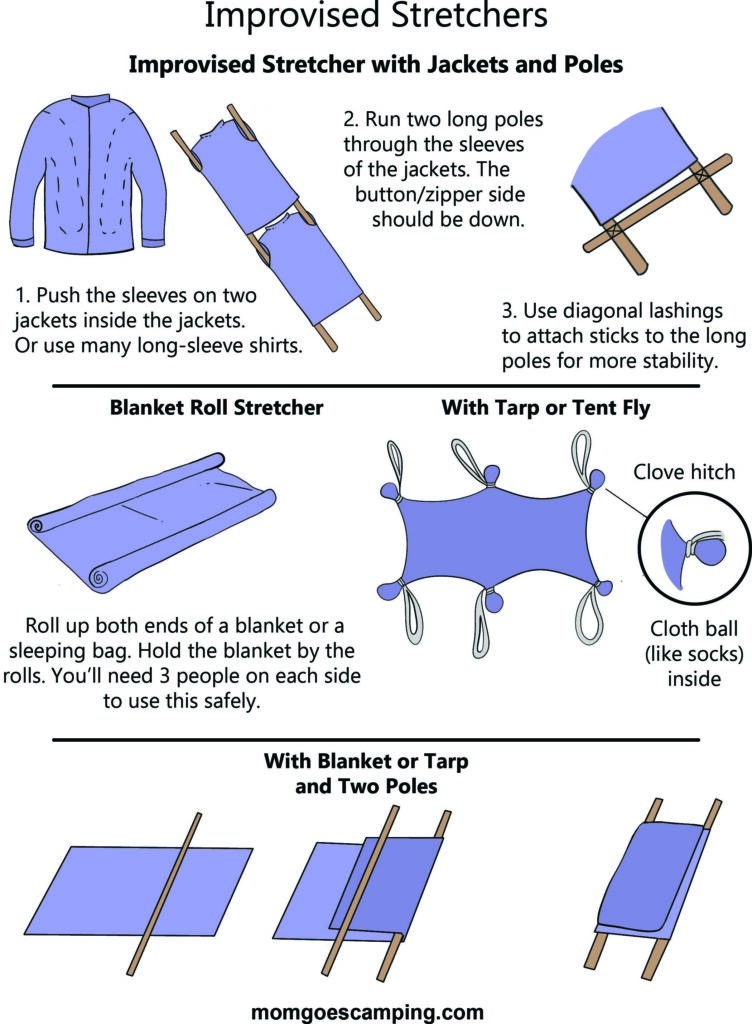


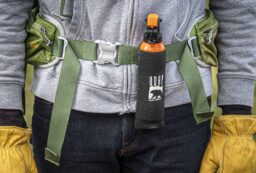







Post your comments